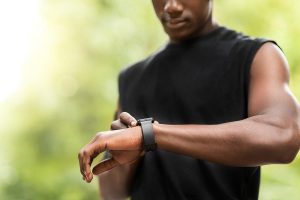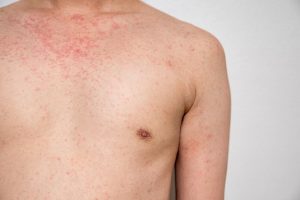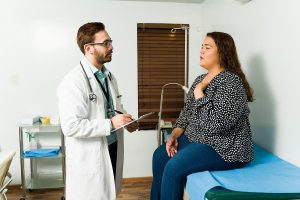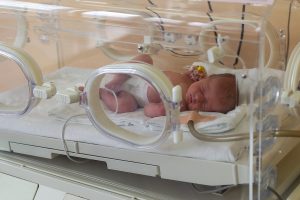
All the parents who force their children to play an instrument because it has been touted as a way to boost overall intelligence, take note. New research now suggests that it may not help develop memory, math, reading and writing skills after all. Earlier studies trying to pinpoint the value of music training on cognitive and academic performance have been conflicting, the researchers said. So, Giovanni Sala, from Fujita Health University in Japan, and Fernand Gobet, from the London School of Economics and Political Science in the United Kingdom, analyzed data on nearly 7,000 children from 54 previously published studies. The investigators found that music training seemed to have no effect on building mental or academic skills in other areas, regardless of age or how long kids were trained. The report was published July 28 in the journal Memory and Cognition. “Our study shows that the common idea that ‘music makes children smarter’ is incorrect,” Sala said. “On the practical side, this means that teaching music with the sole intent of enhancing a child’s cognitive or academic skills may be pointless,” Sala said in a journal news release. “While the brain can be trained in such a way that if you play music, you get better at music, these benefits do not generalize in such a way that if you learn music, you also get… read on >











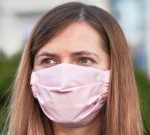

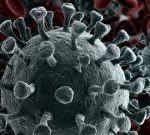

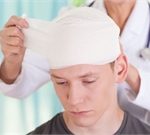

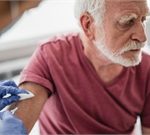
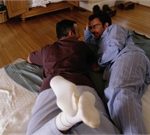






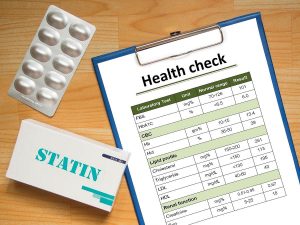

-300x200.jpg)



